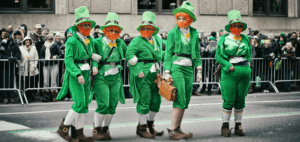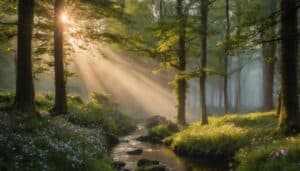Lincoln Park, Chicago: Interesting History & 4 Fun Attractions
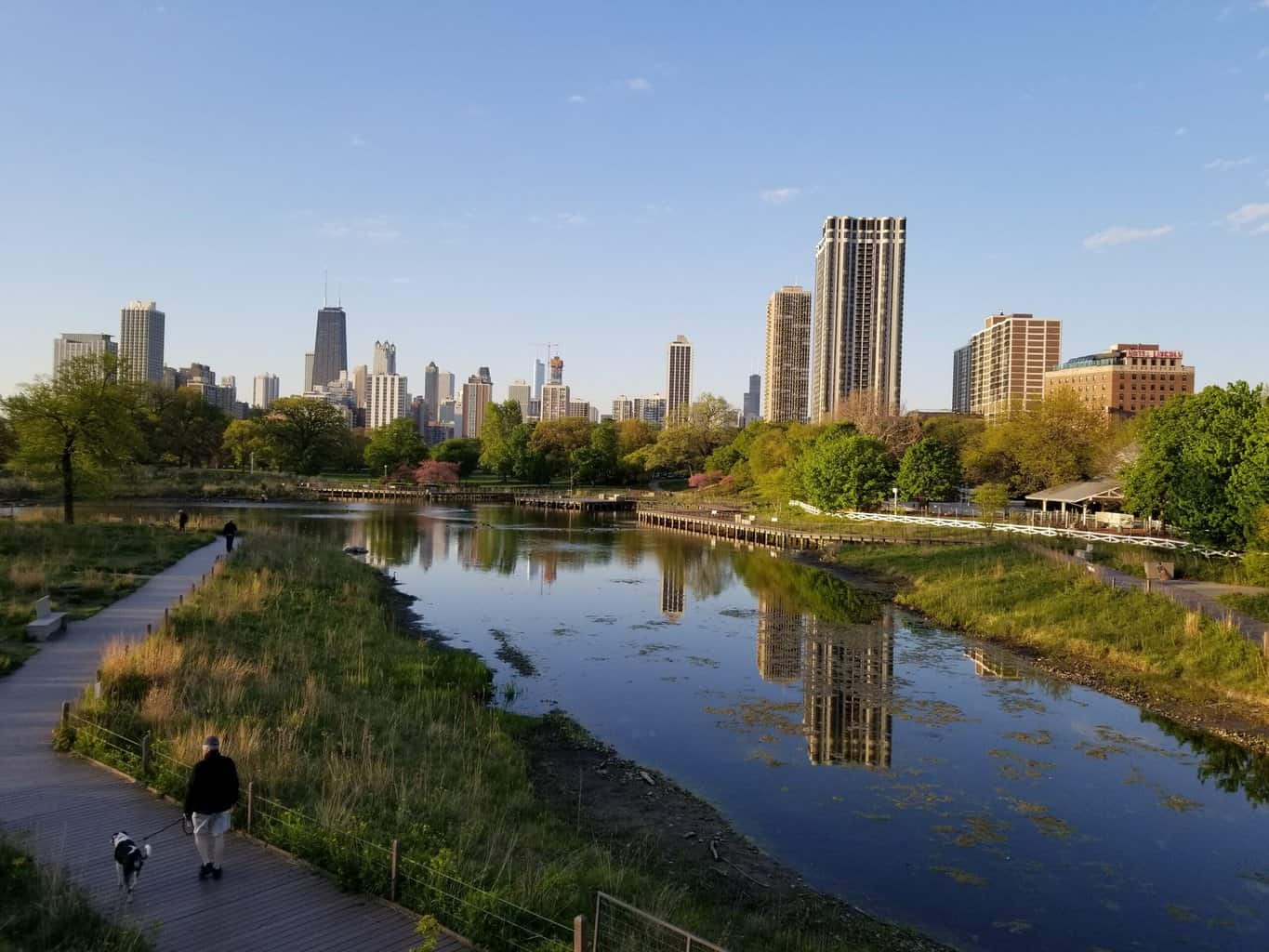
Updated On: November 08, 2023 by Courtney Augello
Lincoln Park is a popular neighbourhood in Chicago for locals and tourists alike. It is a serene neighbourhood full of natural areas, parks, and attractions that adults and children will enjoy. Lincoln Park has a rich history and is one of the best areas of the city to visit.
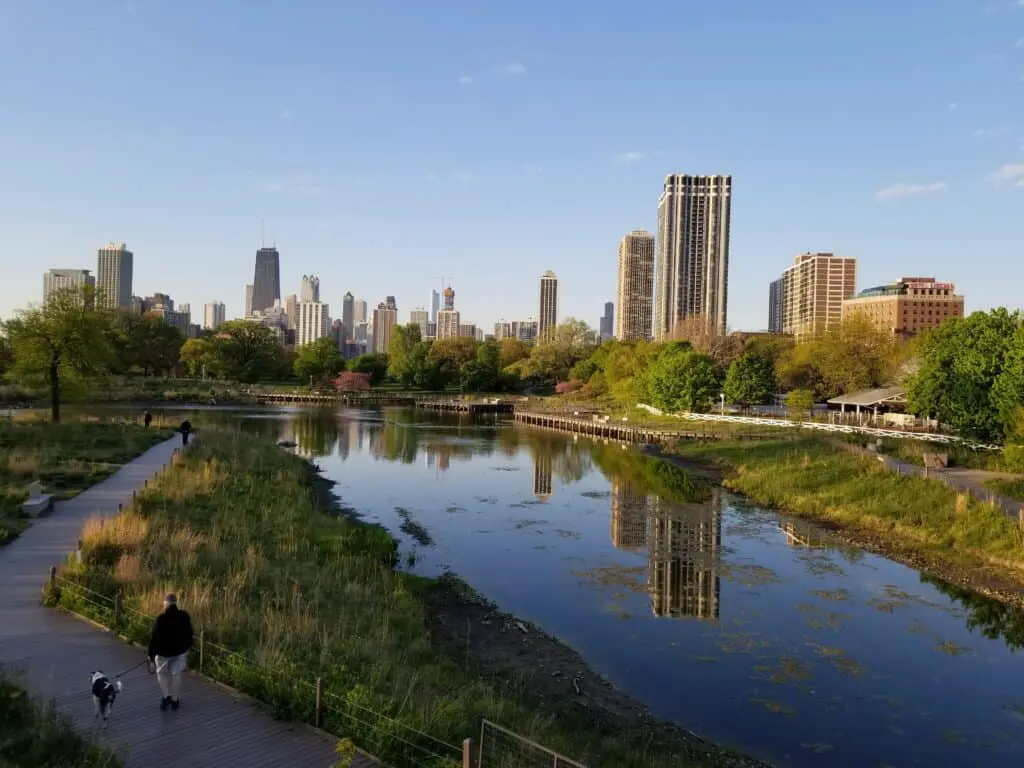
The Lincoln Park neighbourhood has multiple museums, preserved nature areas, and other free activities to explore. To help you make the most of your visit to Lincoln Park, we’ve explored the history of the neighbourhood and the most enjoyable attraction in the area.
Table of Contents
History
Early History
Lincoln Park was one of Chicago’s first developed areas. The city of Chicago was incorporated in 1837, and Lake View, the area where Lincoln Park is located, was annexed to the city just 31 years later in 1868
After the American Civil War, Lincoln Park became a hub for immigrants. The neighbourhood was a popular area for Polish immigrants to settle in and has become moulded by their traditions, customs, and cultures.
The Polish influence is still visible in Lincoln Park today. The neighbourhood embodies the culture, from the churches in the area to the Polish restaurants. Lincoln Park is one of Chicago’s most prominent Polish Patches and attracts both Polish Americans and immigrants from Poland.
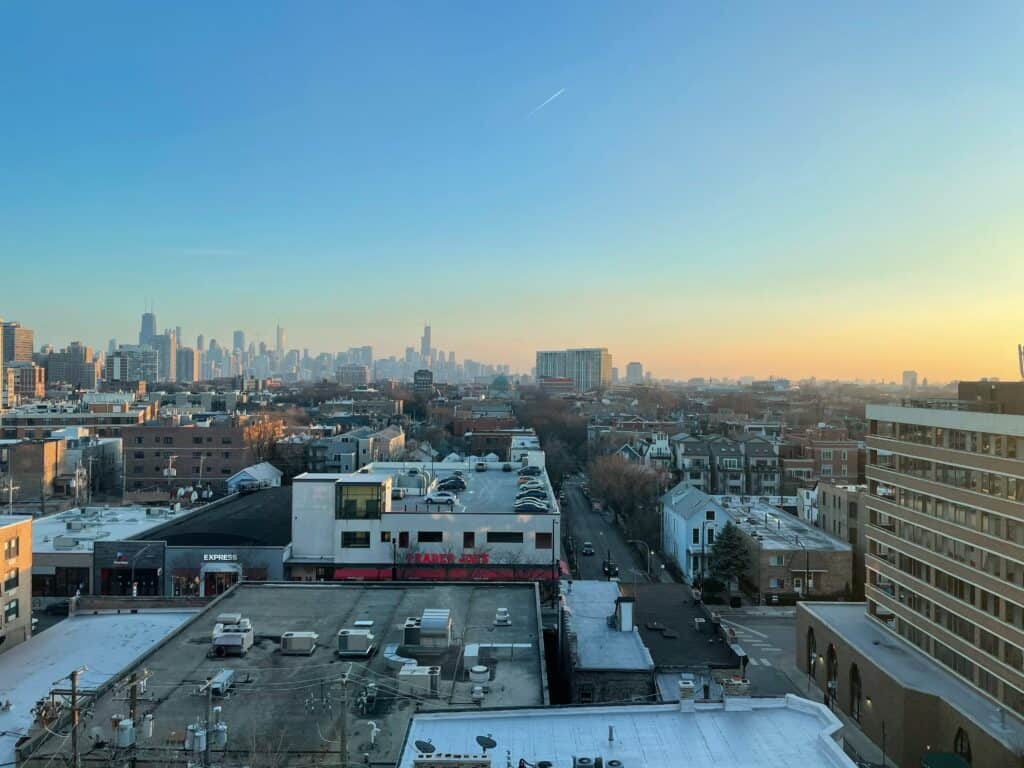
From the mid-1890s to the early-1900s, Lincoln Park was home to the original Ferris Wheel. The ride was built by George Washington Gale Ferris Jr. specifically for the World’s Columbian Exposition held in Chicago in 1893.
The Ferris Wheel is over 80 metres tall and was the featured centrepiece of the fair. After the fair, the ride was demolished, moved from Midway to Lincoln Park, and rebuilt. After being in Chicago for 10 years, the Ferris Wheel was moved to St. Louis before it was decommissioned and demolished in 1906.
Great Depression Era
The Great Depression caused Lincoln Park to fall into disrepair as funds ran out and Chicago’s gangster scene took hold. The neighbourhood became poorer, and housing and amenities were not looked after.
The most infamous event in Lincoln Park’s history was the Saint Valentine’s Day Massacre. On 14th February 1929, 7 men were murdered in a garage in the Chicago neighbourhood. The victims included 5 members of the North Side Mob, an Irish-Polish gang led by George “Bugs” Moran.
It is widely believed that the infamous Chicago Mobster Al Capone was the one who ordered the hit. He was the leader of the Chicago Outfit, rivals of the North Side Mob. After the massacre, Capone was hunted by the FBI and eventually imprisoned at Alcatraz.
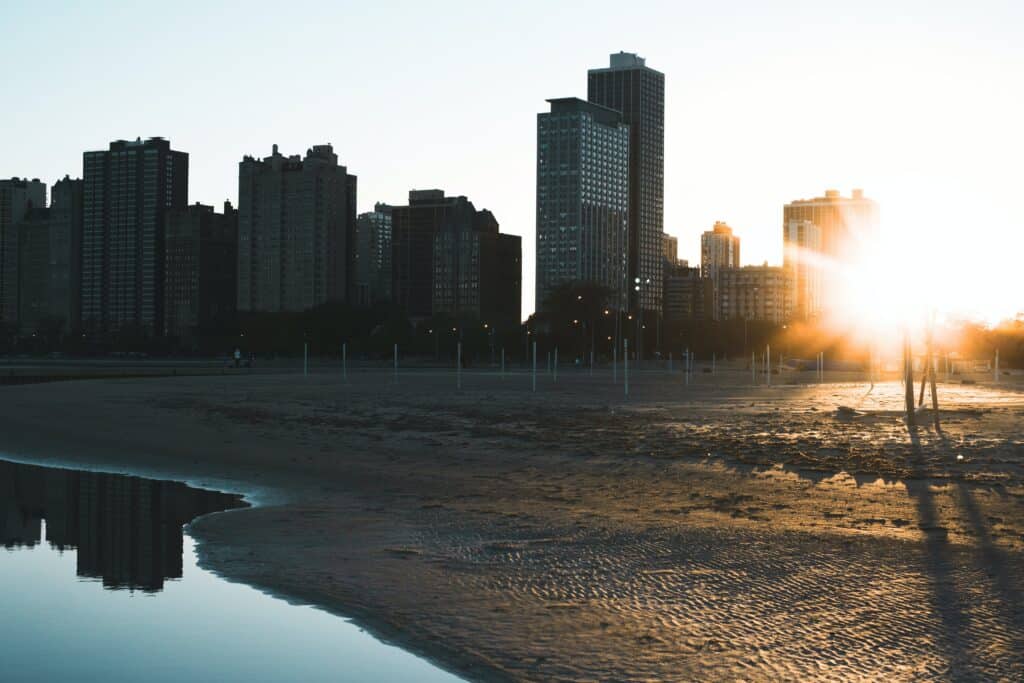
For anyone interested in Chicago’s Mob scene and history, taking a gangster tour around the city and the Lincoln Park neighbourhood is an amazing must-do. The tour leads groups around some of the most infamous places in the Windy City, and guides provide insight into the history of Chicago’s mobs.
15 years after the Great Depression ended, the Lincoln Park Conservation Association was founded. The association’s main goal is to maintain the area and generate funds for the amenities around the Lincoln Park neighbourhood.
Lincoln Park Attractions
Lincoln Park Zoo
The zoo is the most popular attraction at Lincoln Park. Admission into the zoo is free, but that does not mean the quality isn’t top-notch. There are over 1,000 animals at Lincoln Park Zoo to admire and learn about.
The Lincoln Park Zoo has seasonal events, making it a perfect place to visit at any time of year. At Christmas, lights illuminate the pathways and bring additional cheer to the exhibits. In the summer, picnics, charity runs, and even wine festivals are held at the zoo.
Among the animals on exhibit at Lincoln Park Zoo are bears, pythons, red pandas, camels, and more. In addition, there are also interactive exhibits, such as the farm animals area, where guests can learn more about how farmers take care of their cattle, horses, and other livestock.
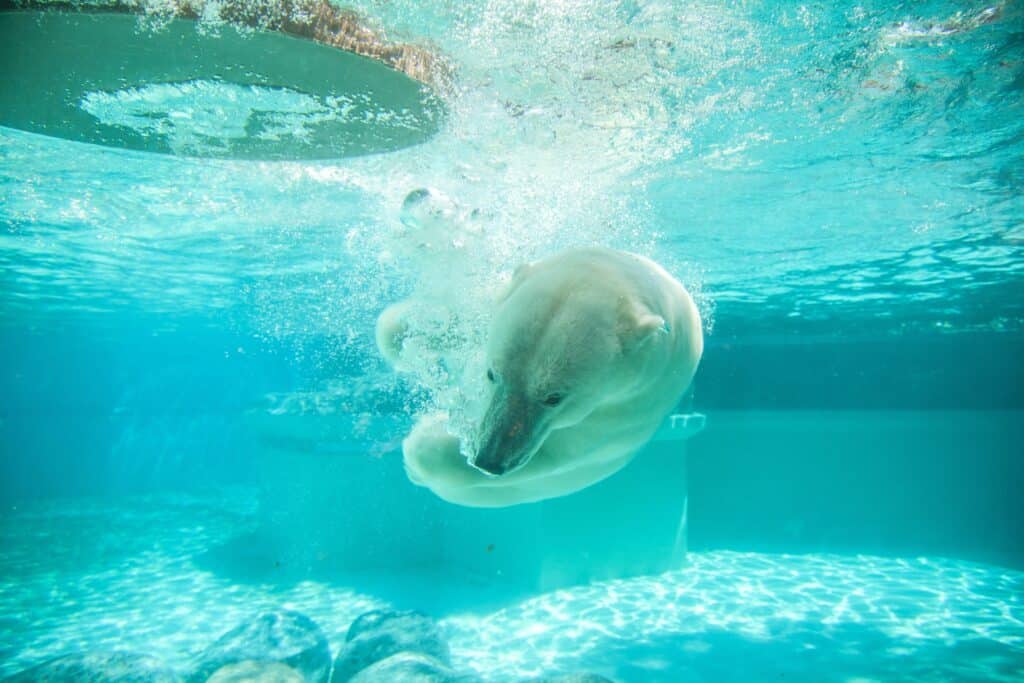
Although it is fun to simply walk around the zoo and view the different animals, there are also many learning opportunities at Lincoln Park Zoo. The main mission of the zoo is to educate the public about conservation and protect the endangered species that live there. In order to do this, Lincoln Park Zoo runs entirely on donations made by visitors.
Lincoln Park Conservatory
One of the best things to do in Chicago during the summer is explore the botanical gardens around the city. Although there are many gardens to visit, the Lincoln Park Conservatory is one of the best and most popular.
The Lincoln Park Conservatory was built in the late-19th century. The building is a Victorian Era glass house with four display rooms inside. It was the first conservatory and botanic garden built in the city of Chicago.
The conservatory spans across 3 acres, with the main building surrounded by 15 additional greenhouses. Each growing house has its own theme and flora, from local species to exotic trees and flowers. In addition, outdoor gardens are also wonderful to explore. They are great to walk around during the warm Chicago springs and summers.
On display at the conservatory are different species of palms, carnivorous plants, fruit trees, and more. The most popular flora on display are the exotic lilies and rare orchids. The rooms containing these flowers are known as “Paradise under Glass”, and the flowers are so beautiful that foreign governments have requested seeds from the Lincoln Park Conservatory.
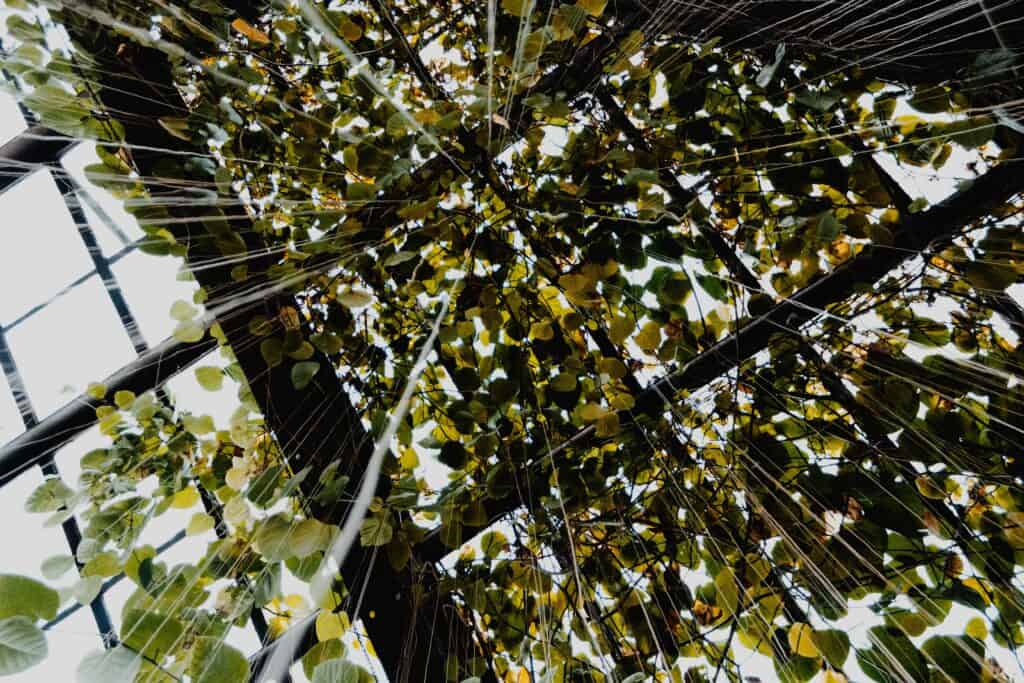
The Lincoln Park Conservatory highlights the diverse ecosystems that exist in Chicago, Illinois. For anyone wanting to have a serene Chicago experience, the Lincoln Park Conservatory is one of the best places to explore.
Chicago History Museum
The Chicago History Museum has been collecting and exhibiting the history of the city since 1856. Although it was not originally located in Lincoln Park, it has become a staple of the area since the new building opened in the 1930s.
Less than 20 years after the museum was founded, Chicago was destroyed by the Great Chicago Fire. A large portion of the city was burned, and over 17,000 buildings were destroyed by the blaze.
Although the exact cause of the fire is unknown, many people have speculated what could have happened. The most popular theory is that a cow in a nearby barn accidentally kicked over a kerosene lantern. Other theories suggest that the fire resulted from a drunken brawl over poker.
The museum lost many artefacts in the Great Chicago Fire. Nearly the entire collection was lost. One of the most precious lost artefacts was President Abraham Lincoln’s final draft of the Emancipation Proclamation, the executive order that freed the slaves at the end of the Civil War.

The museum has over 22 million documents and artefacts at its Lincoln Park location. Throughout the exhibits, numerous topics and eras are explored. Visiting the museum is one of the best things to do in Lincoln Park.
One of the most popular permanent exhibits at the Chicago History Museum is the first car to run on Chicago’s L transit system. The L was created in 1893 to assist Chicagoans and tourists in getting around the city.
After it was decommissioned, the car was restored to its original design and put on display at the museum. Today it is featured in an exhibit with the first locomotive train to operate in the city and draws in crowds of both locals and tourists.
In addition to the permanent exhibits, the Chicago History Museum also has temporary displays. These artefacts highlight many aspects of the people who call Chicago home. Fashion history, art and music trends, and the history of Chicago’s LGBTQ community are part of the rotating displays.
The museum is a perfect way to spend a day in Lincoln Park. The artefacts tell the fascinating story of Chicago’s history, and interactive programmes provide a great educational opportunity for children.
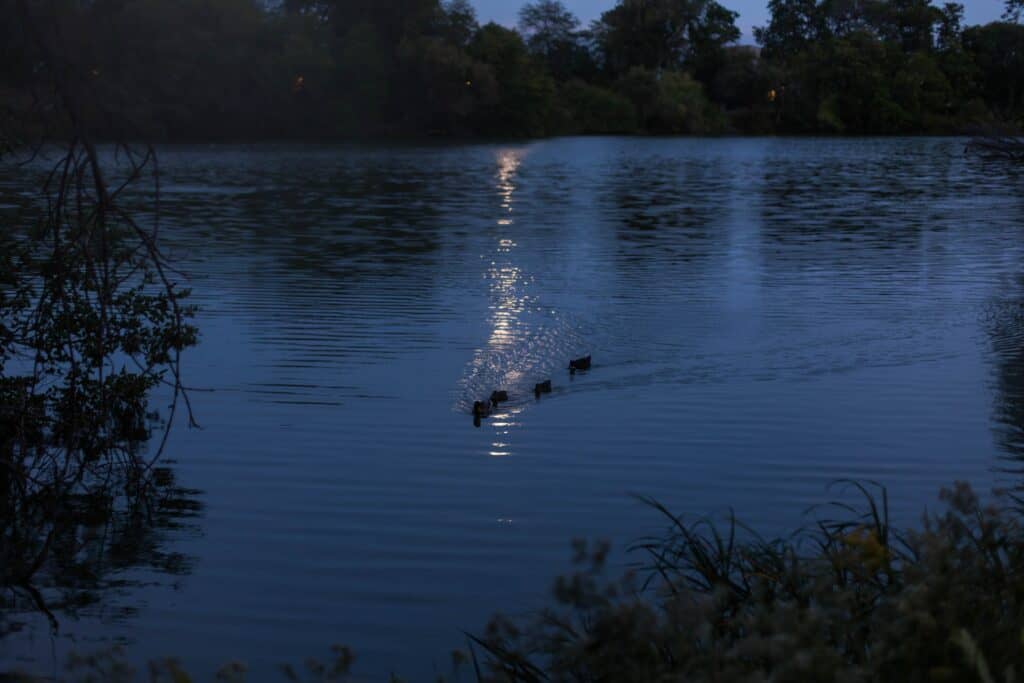
Peggy Notebaert Nature Museum
The Peggy Notebaert Nature Museum is another great place to visit in Lincoln Park. It was the first private museum founded in Chicago and the first museum in the city to open its doors to the public in 1869.
Similarly to the Chicago History Museum, the Peggy Notebaert Nature Museum was also greatly impacted by the Great Chicago Fire. The building and collection were destroyed, including artefacts that were kept in “fireproof” repositories.
After the devastating losses during the blaze, the museum was relocated to the Lincoln Park neighbourhood. Today, the museum has been expanded and renovated to make room for the growing collection of fossils, artefacts, and more.
The museum is known for its live specimens on display. Snapping turtles, snakes, and other local species from the wetlands are part of interactive exhibits where visitors can learn more about the animals.
The Peggy Notebaert Nature Museum is also home to one the most diverse collection of exotic butterflies in Lincoln Park. In the butterfly house, there are over 200 different species of butterflies for guests to see.
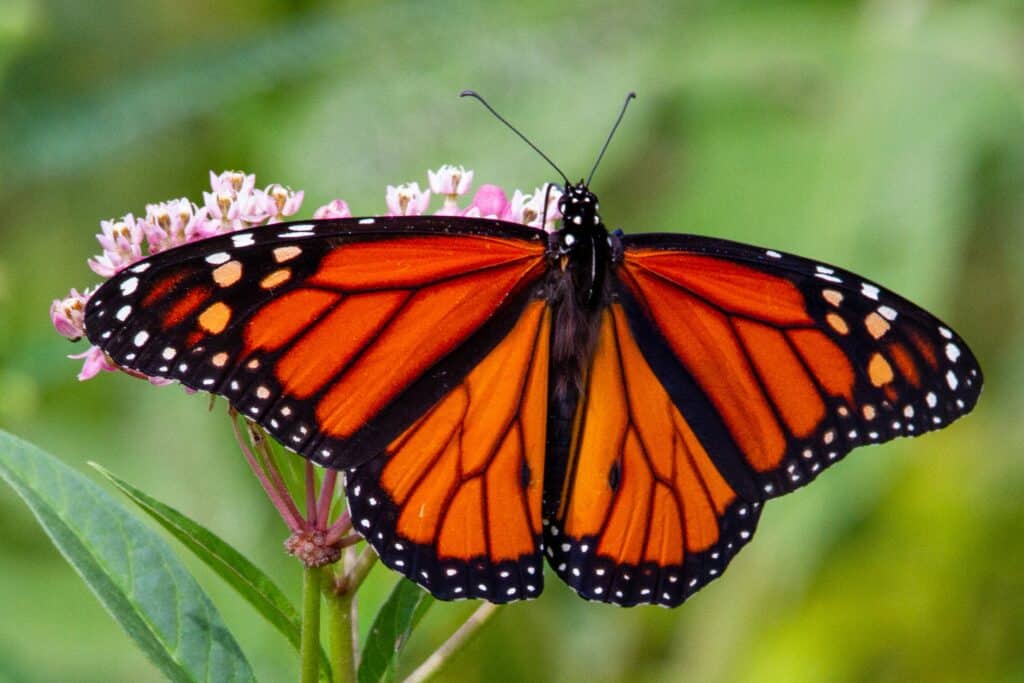
Although the museum is in the city, there are multiple walking areas and trails to explore. The Wilderness Walk exhibit takes visitors back into the past before Chicago boomed. Recreated dunes, prairies, and savannas showcase the ecosystems and nature found in Illinois. Taxidermied native animals add to the displays by bringing life to the scenes.
The largest exhibit at the Peggy Notebaert Nature Museum is the Deb Lahey Nature Trails section. This area provides experiences both inside and outside of the museum building, with walking trails available as well as indoor vignette displays.
The outdoor trails lead guests through multiple gardens and areas. Some of the best habitats on the walk include the Pickerelweed Pond, Black Oak Sand Savanna, and the Urban Vegetable Garden.
For visitors who want a unique perspective of the museum, there’s no better exhibit than the Micole Birdwalk. The Birdwalk is an elevated path above some of the museum’s most interesting outdoor exhibits.
From the Birdwalk, museum visitors are able to see local birds in the skies above, in the trees, and in the waters below. In addition, guests get a stunning view of the Chicago skyline and the Lincoln Park neighbourhood.

The Micole Birdwalk is a great exhibit for anyone interested in bird-watching. The paths feature benches and binocular stations to help guide visitors. From the path, you may see falcons, geese, goldfinches, and more.
For guests who want more information about species that inhabit the local skies, the Birds of Chicago display is second to none. The exhibit contains over 100 preserved birds that are native to Illinois’ grasslands, urban areas, and woodlands.
The birds on display can date back to the early 1900s. Species of all different sizes, rarities, colours, and ages are on exhibit, along with interactive sections where guests can learn more about the birds and listen to their calls.
After taking to the skies with the native birds, guests can dive deep into Chicago’s waters at the RiverWorks exhibit. This area gives insight into the rivers in Lincoln Park and the rest of the city.
At this exhibit, visitors learn more about how the waters around Chicago are connected, including the lakes and rivers. The focus topics range from the flora and fauna that live in the waters to how the flow and size of rivers change.
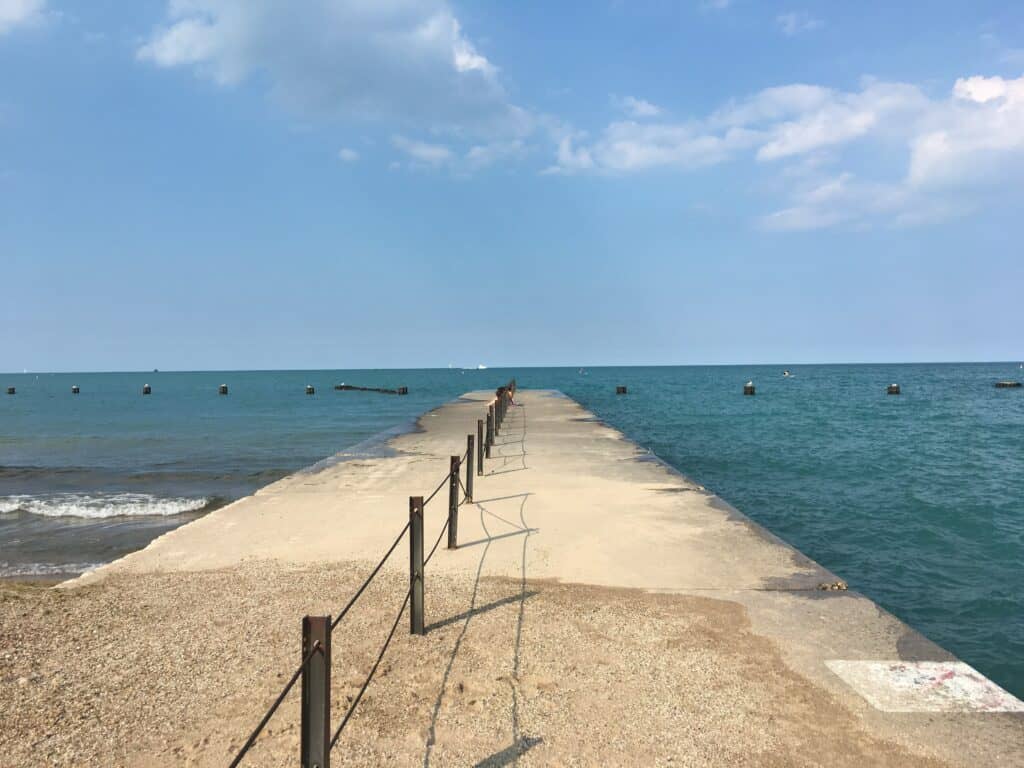
The RiverWorks exhibit is one of the best interactive displays at the museum. It is great for adults and children alike because of its fun and complexity. This exhibit makes the Peggy Notebaert Nature Museum one of the best attractions in Lincoln Park.
The Lincoln Park Neighbourhood is a Great Place to Explore
Lincoln Park in Chicago, Illinois, is a great area with a fascinating history. The neighbourhood has survived many historical events, such as the Great Chicago Fire and reemerged as one of the most popular areas in the city.
From the free Lincoln Park Zoo to the interactive exhibits at the Peggy Notebaert Nature Museum, there are tons of things to see and do in the neighbourhood. Whether you choose to explore the attractions or simply enjoy the local parks, you’re sure to have a great time at Lincoln Park.
If you’re planning a holiday in the Windy City, make sure to check out our list of 10 Exciting Museums in Chicago to Visit.



